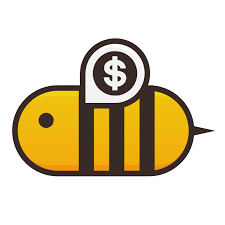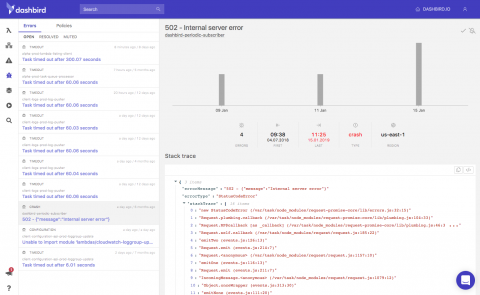Next-Level Threat Hunting: Shift Your SIEM from Reactive to Proactive
Threat hunting is proactively identifying and thwarting unusual network activity that could indicate an attempted security breach. It's a historically manual activity, making it time-intensive and arduous. It’s no wonder, then, why most organizations don’t have the time, budget, or resources to undertake it effectively…if at all.










